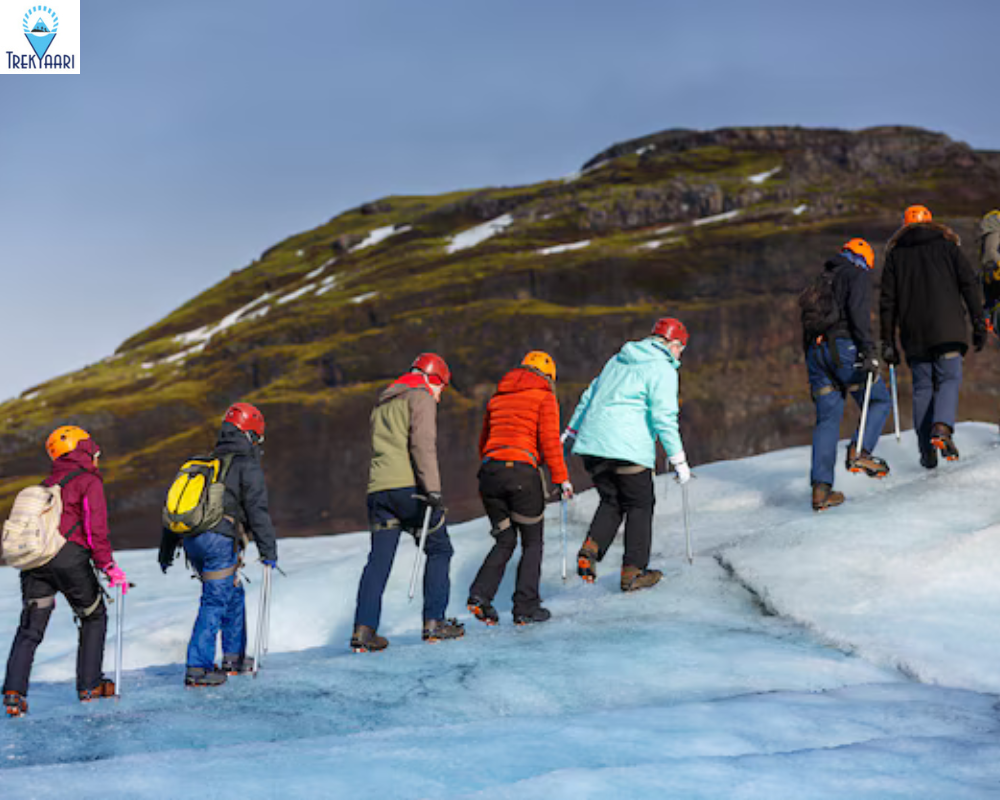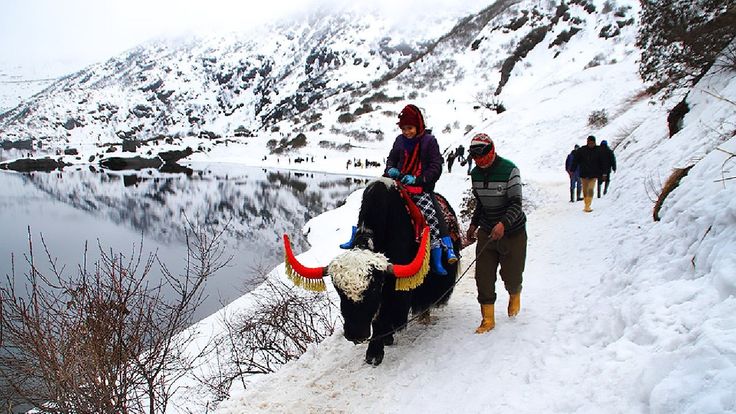Overview of Kuari Pass Trek
With an altitude reaching approximately 12,516 feet, Kuari Pass provides trekkers with an exceptional vantage point to view some of India’s highest peaks, including Nanda Devi, Dronagiri, and Chaukhamba. This trek is celebrated not just for its scenery but also for its accessibility, making it an ideal choice for trekkers of all experience levels.
Historical Significance of the Kuari Pass
The trail’s history dates back to the early 1900s, making it a path trodden by explorers and adventurers seeking to unveil the mysteries of the Himalayas. Named after Lord Curzon, who trekked here in the British era, Kuari Pass has since evolved into a pathway of discovery and connection with nature.
Why Choose the Kuari Pass Trek?
Unique Himalayan Views
Kuari Pass is a paradise for mountain lovers, offering views of iconic peaks like Nanda Devi, Hathi-Ghoda Parvat, and more. The ever-changing landscape, from dense forests to open meadows, gives trekkers a chance to appreciate the raw beauty of the Himalayas.
An Ideal Trek for Beginners
Unlike other high-altitude treks, Kuari Pass is less strenuous, making it an ideal choice for beginners. The gradual ascents and descents allow trekkers to enjoy the journey without excessive strain, all while building trekking skills.
Diverse Flora and Fauna
The Kuari Pass trek traverses regions rich in biodiversity. As you move through oak and rhododendron forests, you may encounter wildlife like the Himalayan black bear, leopard, and a variety of bird species, making it a nature enthusiast’s dream.
Cultural Insights and Local Communities
Along the trail, trekkers pass through remote Himalayan villages, offering glimpses into the daily lives and traditions of the locals. This cultural exchange is as enriching as the trek itself, creating lasting memories.
Best Time to Experience the Kuari Pass Trek
Summer: Blooming Meadows
Between April and June, the trail bursts with blooming wildflowers and vibrant greenery. This season provides milder weather, ideal for those looking to experience the trek in comfortable conditions.
Winter: Snow-Covered Beauty
For a more challenging and surreal experience, trekking between December and February offers stunning snow-covered landscapes. However, this period is recommended for more experienced trekkers due to the added difficulty.
Preparing for the Kuari Pass Trek
Essential Gear and Packing List
Packing smartly is essential for a successful trek. Key items include waterproof jackets, thermal layers, trekking poles, and a sturdy backpack. Proper gear can make all the difference when trekking in changing weather conditions.
Physical Fitness and Training
Although the Kuari Pass trek is suitable for beginners, some level of physical fitness is recommended. A routine of cardiovascular exercises, strength training, and regular walks can help ensure a comfortable trekking experience.
Kuari Pass Trek Itinerary
Day 1: Arrival in Joshimath
The journey begins with your arrival in Joshimath, a quaint town in Uttarakhand known for its vibrant culture and panoramic views.
Day 2: Trek from Joshimath to Guling
On the second day, the trek officially begins with a scenic hike from Joshimath to Guling. Along the way, you’ll traverse beautiful pine forests and get your first glimpse of the Himalayan landscape.
Day 3: Guling to Kuari Pass Base Camp
The third day takes you to the base camp, where the anticipation of reaching Kuari Pass builds. This segment of the trek offers magnificent views of Dronagiri and other surrounding peaks.
Day 4: Kuari Pass Summit Day
On the summit day, you’ll ascend to Kuari Pass, taking in the panoramic views that have made this trek famous. Capture these moments before descending to your camp for the night.
Day 5: Descent and Return to Joshimath
The final day involves a descent back to Joshimath, marking the end of a memorable journey through the Himalayas.
What to Expect on the Kuari Pass Trek
Changing Landscapes
The trail encompasses everything from dense forests and open meadows to rugged mountain terrains, providing a constantly shifting backdrop that keeps trekkers engaged and in awe.
Wildlife Encounters
Kuari Pass is home to a variety of wildlife. Keep an eye out for rare species as you trek, but remember to maintain a respectful distance to ensure safety.
Altitude Challenges and Acclimatization
Although altitude is a factor, proper acclimatization can help minimize symptoms of altitude sickness. Spend time acclimating at base camps and stay hydrated throughout your journey.
Safety Tips for the Kuari Pass Trek
Dealing with Altitude Sickness
Altitude sickness can be a concern for some trekkers. Recognizing symptoms like dizziness and shortness of breath early on and adjusting your pace accordingly can help you stay safe.
Trekking with a Guide vs. Solo Trekking
While some choose to trek independently, hiring a guide can enhance safety and provide deeper insights into the region’s history, flora, and fauna.
Conclusion: Experience the Beauty of Kuari Pass
Embarking on the Kuari Pass Trek offers an unforgettable journey into the Himalayas, where natural beauty and cultural richness merge to create a remarkable adventure. Whether you’re a seasoned trekker or a first-time adventurer, the Kuari Pass is sure to leave you with cherished memories and a deeper appreciation for the wonders of nature.




